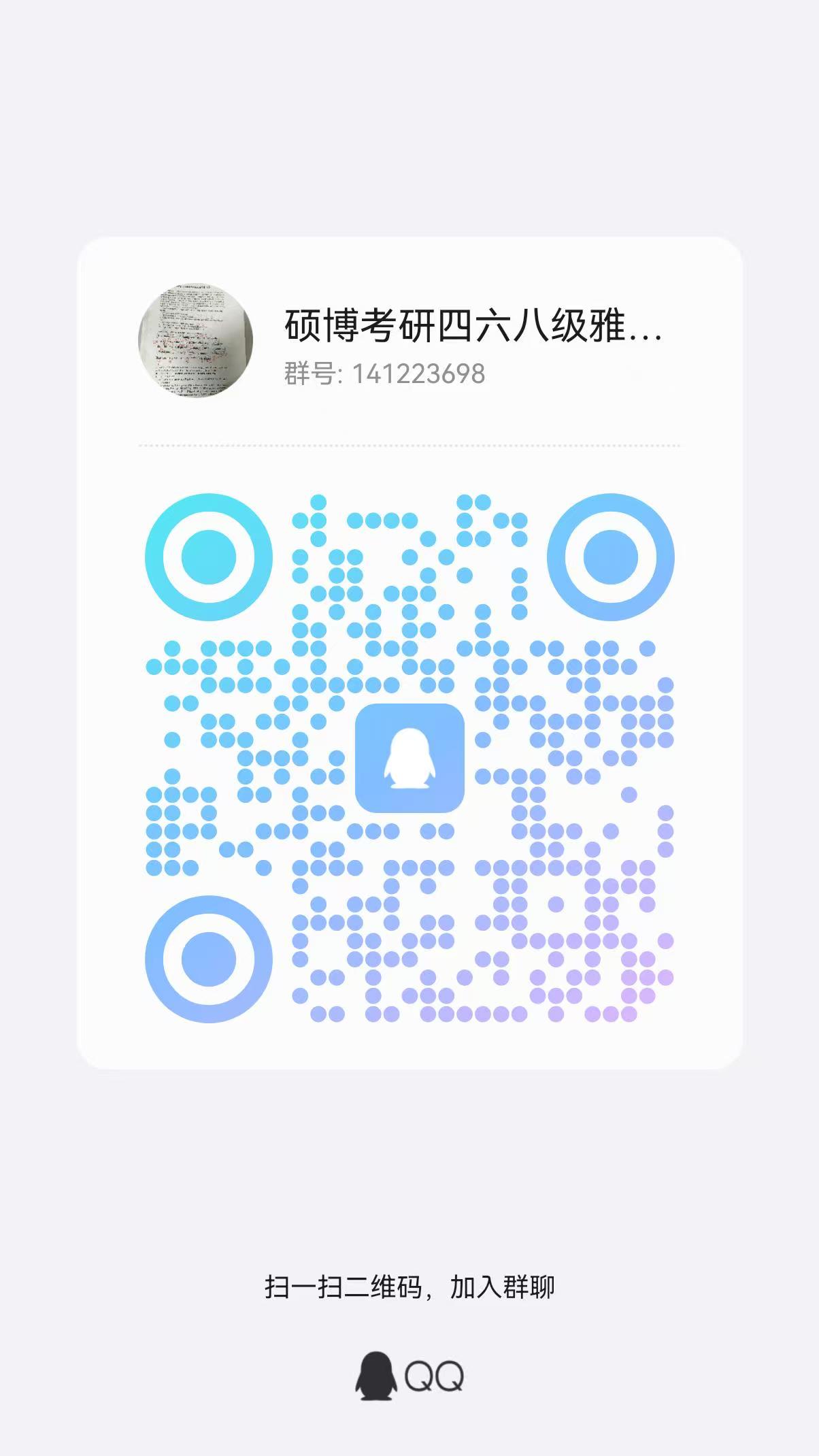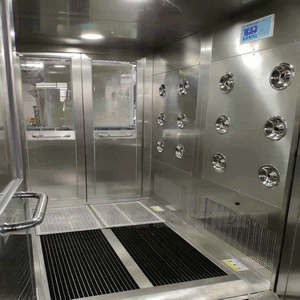🗣 SL提问: 纳米ai 电脑
✍️ Ai批改: You're interested in nano AI computers!
A nano AI computer, also known as a nanoscale AI computer or nanocomputer, refers to a computer system that is designed to operate at the nanoscale, which is typically measured in nanometers (billionths of a meter)、These tiny computers are often used in applications such as artificial intelligence (AI), machine learning, and the Internet of Things (IoT).
Here are some key aspects of nano AI computers:
Characteristics:
1、Small size: Nano AI computers are extremely small, often measuring in the range of 1-100 nanometers in size.
2、Low power consumption: These computers are designed to operate at very low power levels, often in the range of picoWatts (10^-12 Watts) or even lower.
3、Artificial intelligence: Nano AI computers are designed to perform AI tasks, such as machine learning, neural networks, and natural language processing.
Applications:
1、IoT devices: Nano AI computers can be used in IoT devices, such as smart sensors, wearables, and other connected devices.
2、Edge computing: These tiny computers can be used for edge computing, where AI processing is done at the edge of the network, reducing latency and improving real-time processing.
3、Biomedical applications: Nano AI computers can be used in biomedical applications, such as implantable devices, prosthetics, and biosensors.
Examples:
1、IBM's TrueNorth chip: IBM has developed a nano AI computer chip called TrueNorth, which is a low-power, neuromorphic chip that mimics the human brain.
2、Intel's Movidius chip: Intel's Movidius chip is a tiny AI computer that can be used for applications such as computer vision and machine learning.
3、Google's Coral boards: Google's Coral boards are a series of tiny AI computers that can be used for machine learning and other AI applications.
Challenges:
1、Scalability: One of the biggest challenges in developing nano AI computers is scaling down the size of the computer while maintaining its performance.
2、Power consumption: As the size of the computer decreases, power consumption becomes a significant challenge.
3、Memory and storage: Nano AI computers often have limited memory and storage, which can be a challenge for AI applications that require large amounts of data.
Future prospects:
1、Advancements in materials science: Advances in materials science are enabling the development of new materials and technologies that can be used to build nano AI computers.
2、Increased adoption: As AI becomes more ubiquitous, the demand for nano AI computers is likely to increase, driving innovation and adoption.
3、New applications: The development of nano AI computers is likely to enable new applications, such as implantable devices, smart contact lenses, and other wearables.
Overall, nano AI computers have the potential to revolutionize many areas of computing and AI, enabling new applications and use cases that are not possible with traditional computers.
0
IP地址: 69.40.251.114
搜索次数: 103
提问时间: 2025-04-20 12:43:07
❓️ 热门提问:
ai智慧教学
宝盈国家安全沪港深股票C
外贸高端网站建设
2018黄金首饰价格
外汇储备数量
天津北辰区房产价
黄金手链素圈
长虹华意
2020金子回收价格
上福
豌豆Ai站群搜索引擎系统
🤝 关于我们:
三乐Ai
作文批改
英语分析
在线翻译
拍照识图
Ai提问
英语培训
本站流量
联系我们

🔗 友情链接:
搜索引擎查询
Search website
ai提问
📢 温馨提示:本站所有问答由Ai自动创作,内容仅供参考,若有误差请用“联系”里面信息通知我们人工修改或删除。
👉 技术支持:本站由豌豆Ai提供技术支持,使用的最新版:《豌豆Ai站群搜索引擎系统 V.25.05.20》搭建本站。
















